In the Lost City of Sri Krishna - The Story of Ancient Dwaraka
Located on the west coast of India in the state of Gujarat, the city of Dwaraka is considered one of the seven holy cities of India. Archaeological discoveries of ruins and artifacts off the city's coast have now conclusively proven what many have long believed: modern Dwaraka is built on the same site as the famed city of the same name from the Puranas and the Mahabharata, the "Golden City" of Lord Krishna. Transporting us back five thousand years to the time of Krishnavatara, the age in which Krishna lived, Vanamali leads us on a journey alongside Lord Krishna as he reigns over the ancient port city of Dwaraka and helps the Pandavas through the Mahabharata War. Recounting ecstatic celebrations, Krishna's love for his wives and sons, and events surrounding the epic war, the author stresses Krishna's ability to contain all opposites and stand above duality like a lotus leaf floating on a running stream. Offering potent spiritual lessons throughout her story, she shows how the truly spiritual individual is able to unreservedly accept all dimensions of life and rise above all dualities of existence-war and peace, love and hate, sex and abstinence, action and meditation. She also provides a historical timeline for the Mahabharata War and the sinking of Krishna's city beneath the sea-3126 BCE and 3090 BCE, respectively-and shows how the Mahabharata War occurred under circum- stances quite similar to those of the present day, both politically and astrologically. Through her vivid tale and her personal connection with Krishna across many lifetimes, Vanamali shows how the magic and mystery of Krishna's ancient holy city live on through his spiritual teachings. MATAJI DEVI VANAMALI has written several books on the gods of the Hindu pantheon, including Shakti, Hanuman, Shiva, The Complete Life of Krishna, and The Complete Life of Rama, as well as translating the Bhagavad Gita. She is the founder and president of Vanamali Gita Yoga Ashram Trust, dedicated to sharing the wisdom of Sanatana Dharma and charitable service to children. She lives at the Vanamali ashram in Rishikesh, northern India. Philosophers, skeptics, and devotees have long been divided on the idea of the harikatha (stories of Hari or Krishna) as a genuine source of spiritual commentary and discourse. While some label it as myth, legend, or simple story, others hail it as classic literature. The charitable among skeptics label the pastimes of Krishna as parables. For the faithful, harikatha is absolute perfect fact and a history that transcends time. All are, in fact, right within their own field of vision. The Krishna stories have been narrated, retold, sung, painted, enacted, and presented by all-the agnostics, the atheists, the literary and creative minded, and the devotees alike. The thin line between creative freedom, scriptural sincerity, social correctness, and aesthetics of literature remains hazy from a neutral viewpoint, but it is always well defined when looked at from the viewpoint of each stand individually. From the absolute level, that is, through the eyes of God, it is an equidistant approach. However, any rendition that stirs an understanding or love of God is valid and right. This book has a mix of them all. It is a dramatized narration of Krishna's kingly pastimes at Dwaraka, which the author visualizes in a dream world. Despite being a flight of creative liberty, it hovers around the scriptural story line, like a butterfly fluttering over flowers of different hues. It thus leaves the reader to his or her own take on the profound subject. Everything about Krishna has been narrated and recorded by Vyas Dev (Sage Vyasa) and expounded on by great sages, and all spiritual masters and holy men are agreed on it. About five centuries ago, Chaitanya Mahaprabhu explained that the intricacy of the Krishna katha (stories of Krishna) can be understood not by literary excellence or erudition bur by humility and devotion. The pastimes of Krishna are not part of a material novel, penned by someone expert in wordplay or poetry. However, that doesn't bar a retelling since freedom and choice are the first prerequisites of spiritual life. Krishna's pastimes in Dwaraka form the latter part of his lila, when he was known as Dwarakanatha. Dwaraka is a historical city, an important pilgrim center, and an archaeologist's playground for research and exploration, and it is the site where great stories were unveiled. It was also a great port and is the subject of much oceanographic research today. Some purists delight in the fact that excavations and explorations beneath the sea point toward a thriving metropolis in ancient times-as if that was proof of Krishna's existence and presence. The opinions and agendas of Indologists, historians, and lovers of folk lore and scriptural purity will always vary, but that dilemma should be set aside for a while, if only to enjoy this book. Making a success out of a book on fictionalized history or dramatized narrative is a difficult task. This book is an attempt to walk the narrow path between both, though it is based on the sahajiya sentiment of proximity to God. While an assumption of special favor from God is frowned upon, it does not take away the strength of the original story and sentiment. Its appeal will rest in how the reader relates to the sincerity and motivation in a retelling of the story of Dwarakanatha-the Lord of Dwaraka.
Get it now and save 10%
BECOME A MEMBER

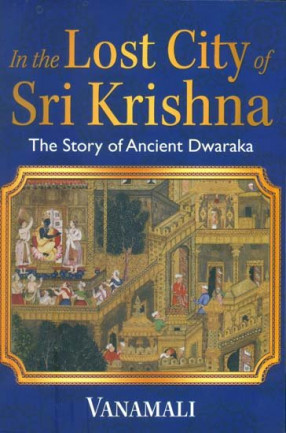
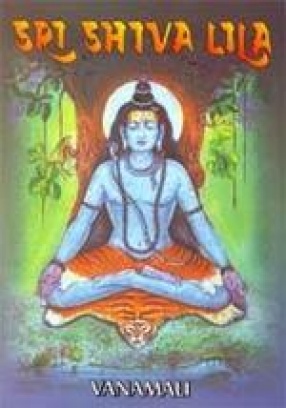
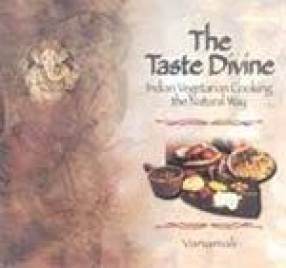
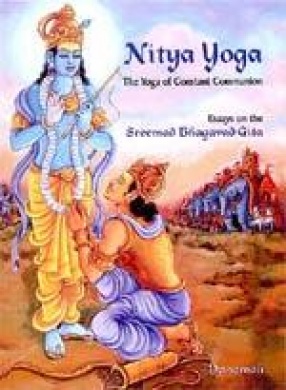
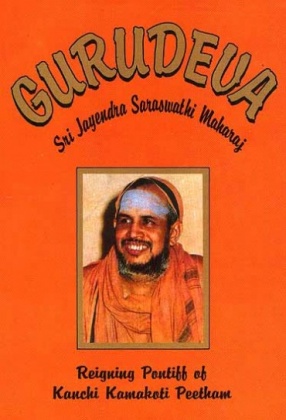


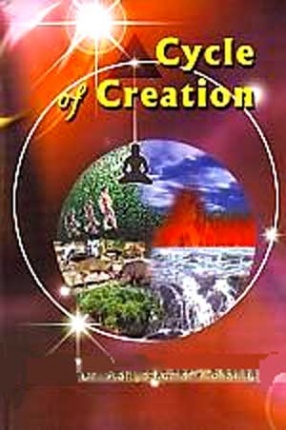
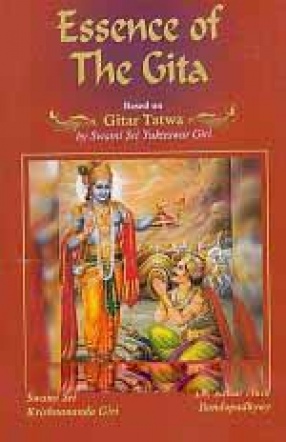

Bibliographic information